How to Start a Market Stall Business – The Ultimate Guide
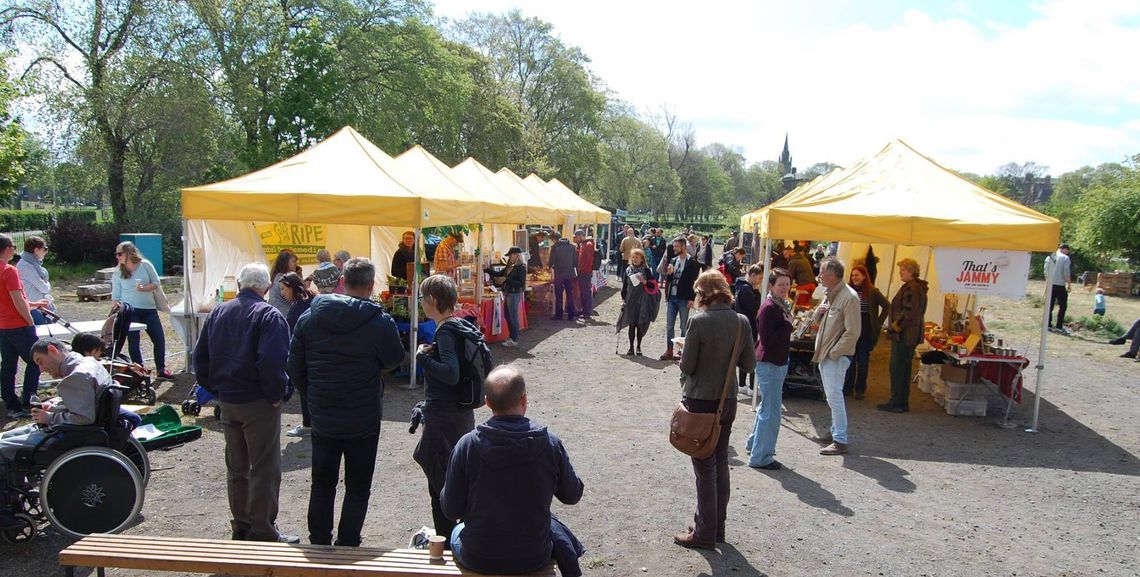
Market trading has been a cornerstone of commerce for centuries, offering an accessible and flexible way to start a business. Whether you’re selling handmade crafts, artisan food, fashion, or household essentials, a market stall provides a direct route to customers without the high costs of a traditional retail store.
With the right strategy, a market stall can be a profitable standalone business or a stepping stone to bigger opportunities, such as online sales or even a high-street shop.
Many of the UK’s most well-known businesses—including Marks & Spencer, Dunelm, and Poundland—started as market stalls before expanding into national brands.
This guide will walk you through every step of launching a successful market trader business, covering everything from choosing your niche and finding the right location to branding, legal requirements, and marketing strategies.
JUMP TO SECTION
Why Start A Market Stall Business?
Choosing Your Niche: What Will You Sell?
Where to Trade: Finding the Best Market Locations
Licences and Legal Requirements for Market Traders
Essential Equipment for Market Traders
How to Brand Your Market Stall for Maximum Impact
Why Start a Market Stall Business?
Market trading is one of the most accessible business models, attracting entrepreneurs looking for low start-up costs and high potential profits. Whether you’re looking for a flexible side hustle or a full-time venture, trading at markets offers:
Lower overheads than traditional retail – No expensive leases or business rates.
Direct interaction with customers – Get instant feedback and build a loyal customer base.
Fast entry into business – No long waiting periods to set up shop, just find a pitch and start selling.
Adaptability – Test different markets, events, and product ranges to find what works best.
Scalability – Start small and grow into multiple locations, online retail, or even a permanent store.
Consumers are also increasingly supporting local and independent traders, making market stalls an attractive alternative to chain stores and e-commerce giants.
Is Market Trading Profitable?
Many market traders earn a full-time income, with some achieving six-figure revenues by expanding into multiple markets, online sales, or wholesale supply.
Your earnings depend on what you sell, where you trade, and how often you operate, but successful traders see strong returns:
1 Day Per Week
Average Daily Sales - £200 - £500
Estimated Monthly Revenue (4 Weeks) - £800 - £2,000
3 Days per Week
Average Daily Sales £250 - £600
Estimated Monthly Revenue (4 Weeks) - £3,000 - £7,200
5-6 Days per Week
Average Daily Sales £250 - £600
Estimated Monthly Revenue (4 Weeks) - £3,000 - £7,200
Factors that impact profitability include:
Market location – High-footfall locations bring more potential customers.
Product type – Food, fashion, and homeware often have the strongest demand.
Customer retention – Building a loyal customer base and selling online alongside your stall increases overall revenue.
Is Market Trading Right for You?
Before jumping in, consider whether market trading fits your skills and goals:
Do you have a product people want? Unique, well-priced items sell best.
Are you comfortable with face-to-face sales? Market traders need confidence and approachability.
Can you handle early mornings and outdoor conditions? Many markets require setup before sunrise, and trading continues in all weather.
Are you adaptable? Market trends change, and some pitches perform better than others.
If you’re determined, customer-focused, and willing to experiment, market trading can be a highly rewarding and profitable business model.
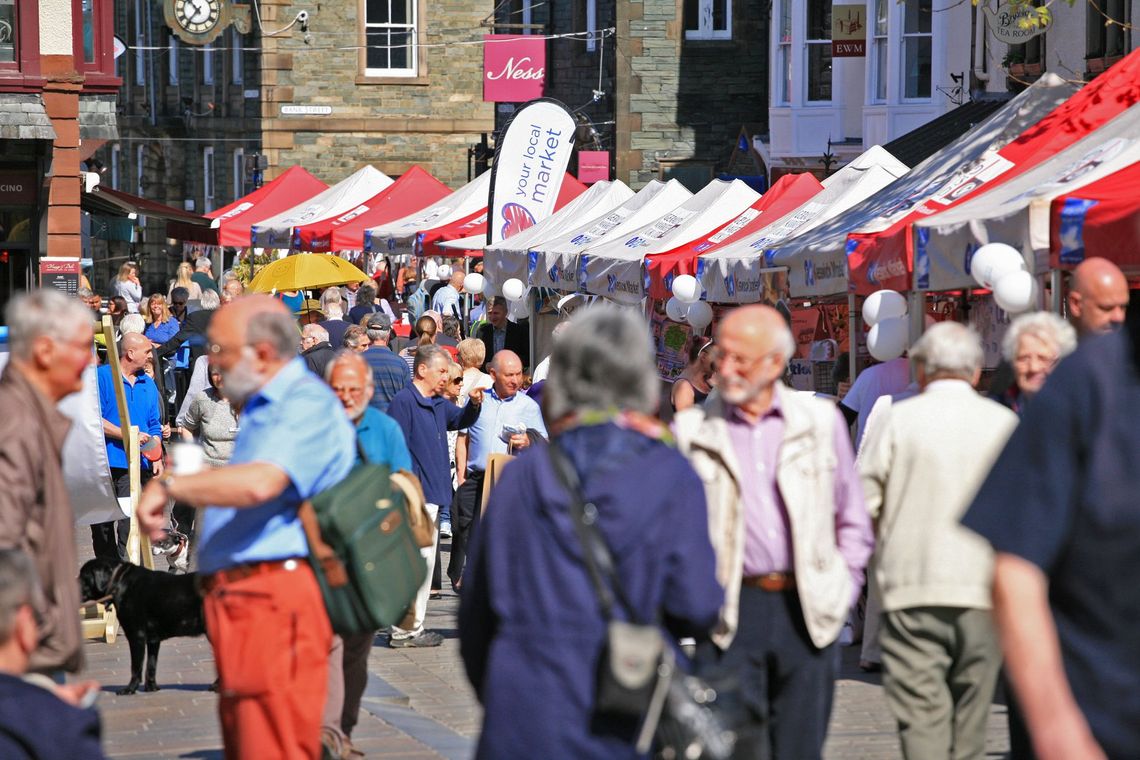

Choosing Your Niche: What Will You Sell?
One of the most important decisions you’ll make as a market trader is what to sell. The right product can determine your success, as not all markets and goods are equal.
Your niche needs to be profitable, suited to your skillset, and appealing to your target customers.
Below, we’ll explore different types of market stalls, how to research demand, and how to assess your competition.
What Type of Market Stall Business is Right for You?
There are three main types of market traders:
1. Handmade & Artisan Traders
If you create your own products, such as jewellery, candles, home décor, or clothing, a market stall can be an excellent way to sell directly to customers.
Pros:
No middleman, meaning higher profit margins.
Appeals to consumers looking for unique, locally made goods.
Ideal for craft fairs, farmers’ markets, and artisan pop-ups.
Cons:
Requires time and skill to make products.
Stock production can be slow, limiting sales at peak times.
Best suited for: Artists, designers, and makers who want to sell high-quality, one-of-a-kind products.
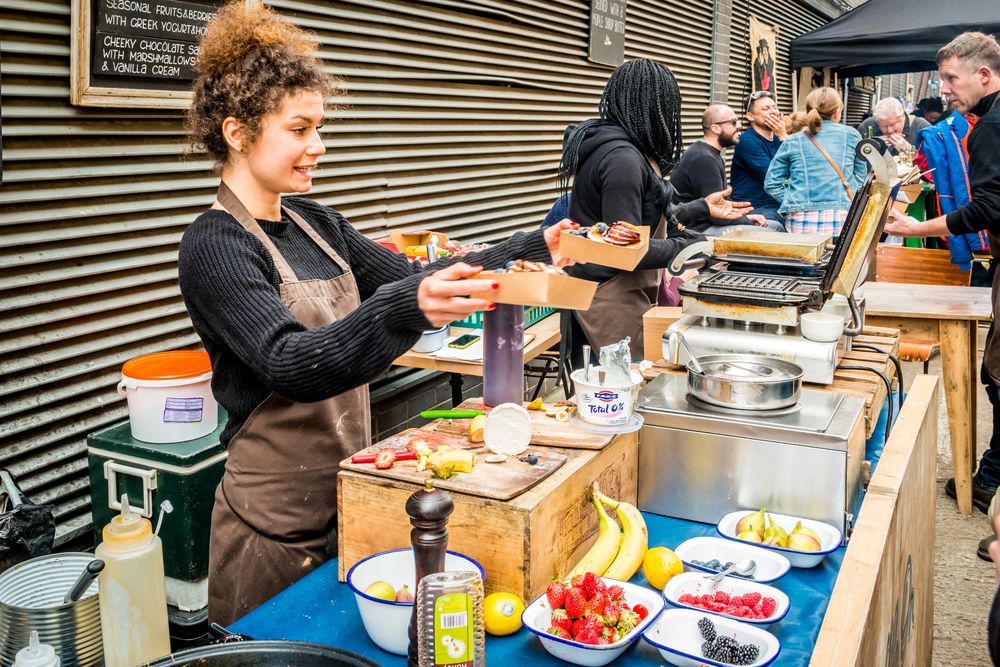
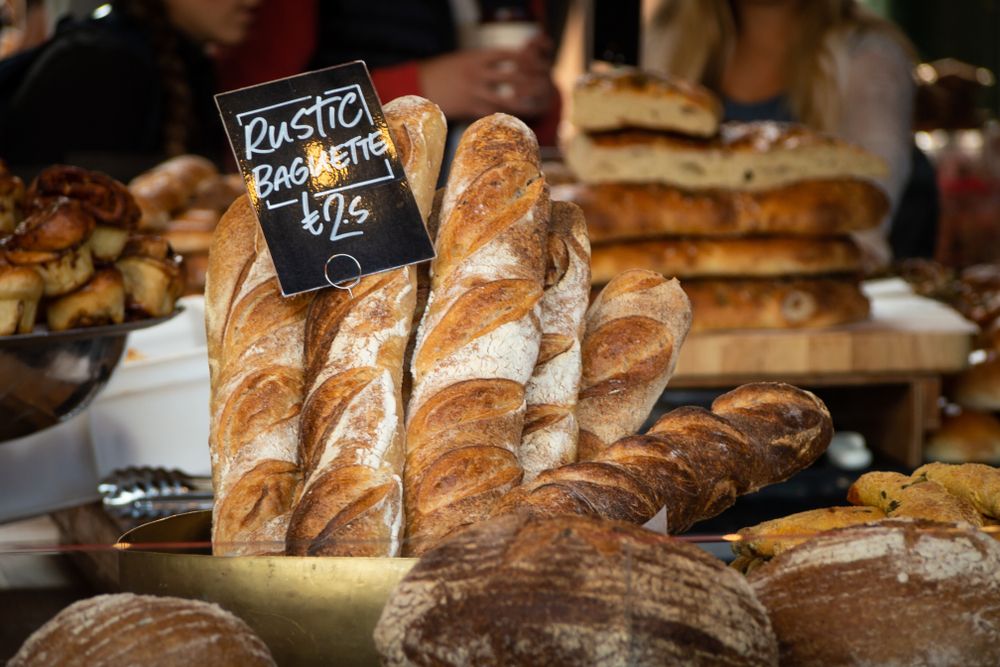
2. Food & Beverage Traders
Food stalls remain one of the most profitable market businesses, covering everything from hot street food and bakery items to artisan preserves, fruit and vegetables, and exotic cheeses.
Pros:
High customer demand, especially at busy markets and events.
Ability to charge premium prices for specialist or gourmet food.
Works well with recurring markets, festivals, and private catering opportunities.
Cons:
Requires strict food hygiene and licensing.
Short shelf life for perishable goods.
Often higher setup costs for food preparation equipment.
Best suited for: Chefs, bakers, and food entrepreneurs who can offer a unique product with strong branding.
💡 Tip: If you’re considering a street food stall, check out our Street Food Business Guide for detailed advice on licensing, equipment, and branding.

3. Resellers & Retail Traders
Reselling can be a fast and low-cost way to start market trading. This includes:
Importing goods (e.g., accessories, clothing, homeware).
Wholesale stock clearance (e.g., buying liquidated stock at low prices).
Second-hand and vintage sales (e.g., retro fashion, refurbished tech, collectibles).
Pros:
No need to manufacture products—buy and sell immediately.
Lower risk, as stock can be tested in different markets.
Can be scaled up into online retail or a physical store.
Cons:
Lower profit margins due to product sourcing costs.
Highly competitive, especially in general retail markets.
Stock may not always be available, depending on suppliers.
Best suited for: Entrepreneurs looking to buy in bulk and sell at a markup.
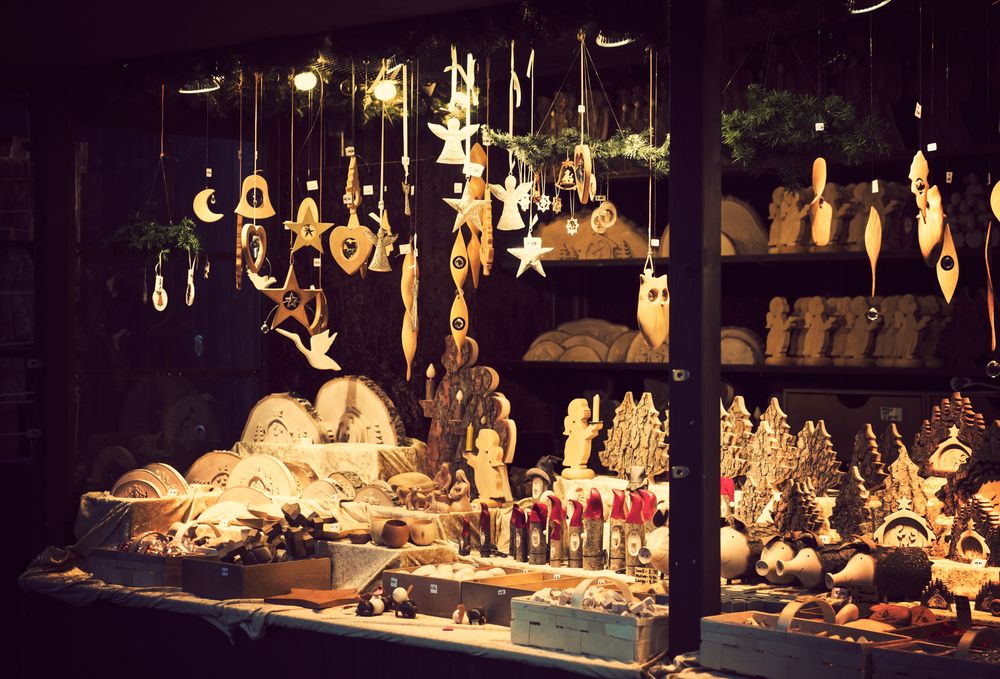
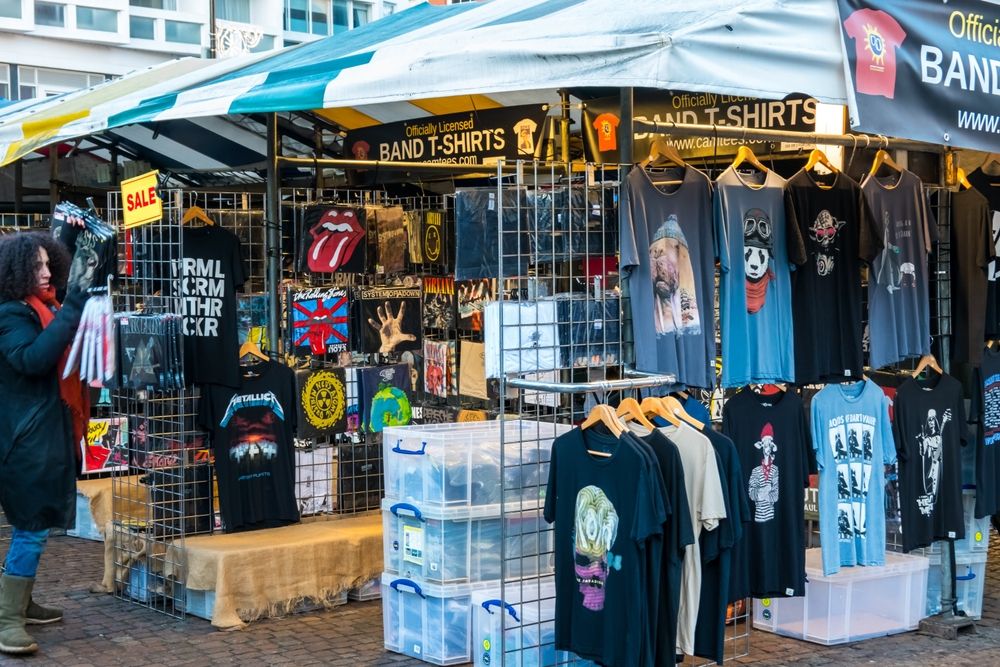
How to Choose a Profitable Product
Regardless of the type of stall you choose, profitability is key. Before committing, consider these questions:
Does it sell well at markets?
Visit markets to see what items attract footfall.
Speak to traders and observe customer buying habits.
Does it have a high enough profit margin?
If your product costs £10 to source but sells for £12, your margin is too low.
Look for at least a 2-3x markup to cover market fees, transport, and time.
Is there repeat purchase potential?
Consumables (e.g., food, skincare, candles) encourage customer loyalty.
Higher-ticket items (e.g., handmade furniture, luxury fashion) rely on one-off buyers.
Is it seasonal or year-round?
Christmas markets thrive on festive products, but can they sell in summer?
Street food and drinks fluctuate with weather and event schedules.
Is there too much competition?
If five traders at the same market sell candles, you may struggle to stand out.
Find a unique angle—handmade soy candles with local scents, or pet-safe, non-toxic alternatives.

How to Research Demand for Your Market Stall
If you're unsure what to sell, research is crucial. Here’s how to assess market demand before committing:
1. Visit Local Markets & Events
Observe the busiest stalls—what are people buying?
Talk to traders about bestsellers and seasonal trends.
Check stall turnover—if traders keep returning, they’re making money.
2. Use Google Trends & Online Marketplaces
Search for market stall product trends to see what’s growing in popularity.
Check eBay, Amazon, and Etsy for bestsellers in your niche.
3. Test Your Products at Small-Scale Events
Before investing heavily, try selling at fairs, pop-ups, or online markets.
Gather customer feedback to refine your product before committing to full-scale trading.
Where to Trade: Finding the Best Market Locations
Choosing the right location for your market stall is just as important as choosing the right products. A great pitch with high footfall can mean consistent sales and business growth, while a poor location can lead to slow days and wasted stock.
In this section, we’ll cover:
The different types of markets and which ones suit different traders.
How to research and secure a pitch.
Key factors to consider, such as foot traffic, trading fees, and competition.
What to Look for in a Market Location
Even within a good market, not all pitches are equal.
When choosing a pitch, consider:
Foot Traffic – Is it near an entrance, walkway, or high-traffic zone?
Visibility – Can customers see your stall easily from a distance?
Competition – Are you too close to a stall selling similar items?
Facilities – Does the pitch have power, water, or waste disposal if needed?
Weather Protection – Is the stall location exposed to wind and rain?
Tip: The best stalls are often booked months in advance, so apply as early as possible to secure prime locations.

Types of Markets and Where They Work Best
Not all markets are the same, and where you trade should depend on your product type, customer base, and business goals.
1. Traditional Street Markets
These markets operate regularly in town and city centres, often with a mix of permanent and temporary traders.
Best for:
Affordable retail goods (e.g., clothing, accessories, household items).
Fresh produce and food traders (e.g., fruit, veg, meats, baked goods).
General market traders looking for daily or weekly customers.
Pros:
Consistent footfall from locals and commuters.
Usually lower pitch fees than pop-up events.
Ideal for building a loyal customer base.
Cons:
Often more competitive, as many traders sell similar goods.
Requires early morning setup and working in all weather.
Can have limited appeal for high-end or niche products.
Tip: If you want to sell high-end, handmade, or niche products, a traditional street market may not be the best fit—consider artisan markets instead.
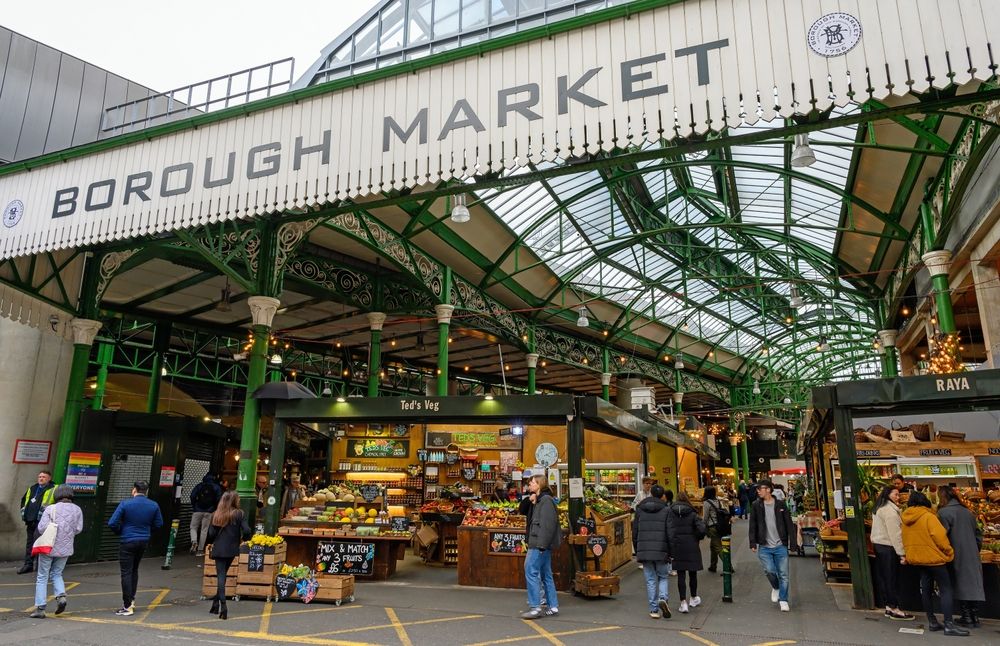
2. Farmers' and Artisan Markets
These markets focus on locally made, high-quality, and often food-related products.
Best for:
Handmade crafts, artisan foods, and organic produce.
Premium homeware, natural skincare, and boutique gifts.
Pros:
Customers are willing to pay more for unique, handmade, and ethical goods.
Attracts higher-spending customers than general street markets.
Often has a strong community following, meaning repeat buyers.
Cons:
Limited space, as most markets have a strict focus on artisan and local products.
Less frequent trading days (often just once a month).
Tip: If your product is handmade or premium, this is one of the best places to start. However, these markets are often invite-only or have strict entry criteria, so apply early.
3. Flea Markets, Vintage Markets & Car Boot Sales
These are ideal for traders selling second-hand, vintage, and collectible items.
Best for:
Retro clothing, antique furniture, vinyl records, collectibles.
Second-hand goods and discounted retail stock.
Pros:
Low-cost entry point (cheaper than premium craft markets).
Attracts customers looking for bargains and unique finds.
Ideal for liquidating excess stock or testing new product lines.
Cons:
Customers expect lower prices and discounts.
Not suited for handmade luxury goods or high-end retail.
Tip: If you sell vintage or second-hand goods, these markets can be very profitable, but they tend to be one-off or infrequent rather than regular trading spots.
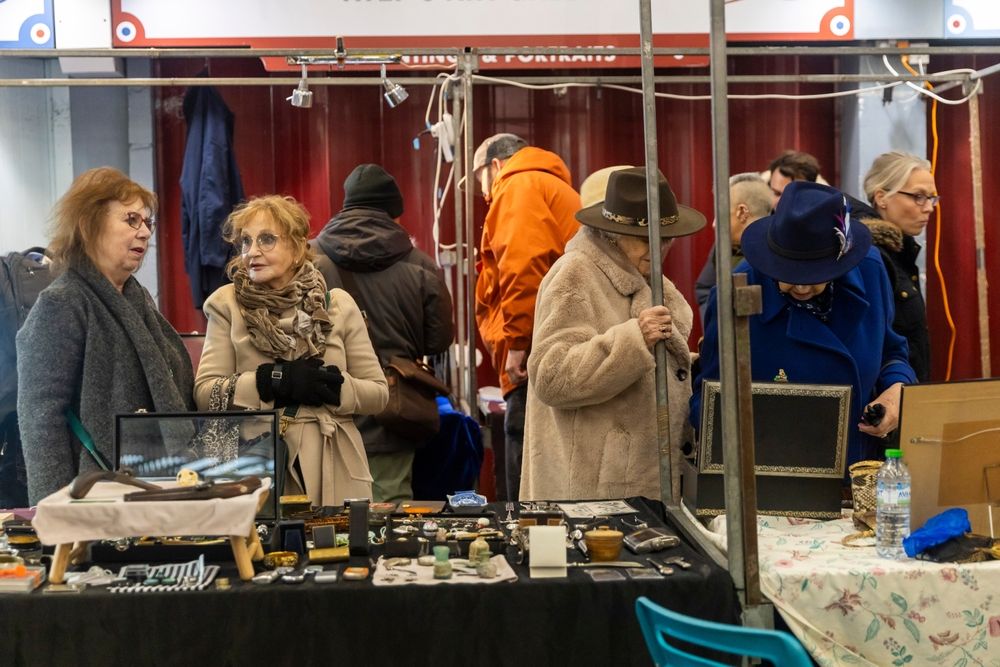
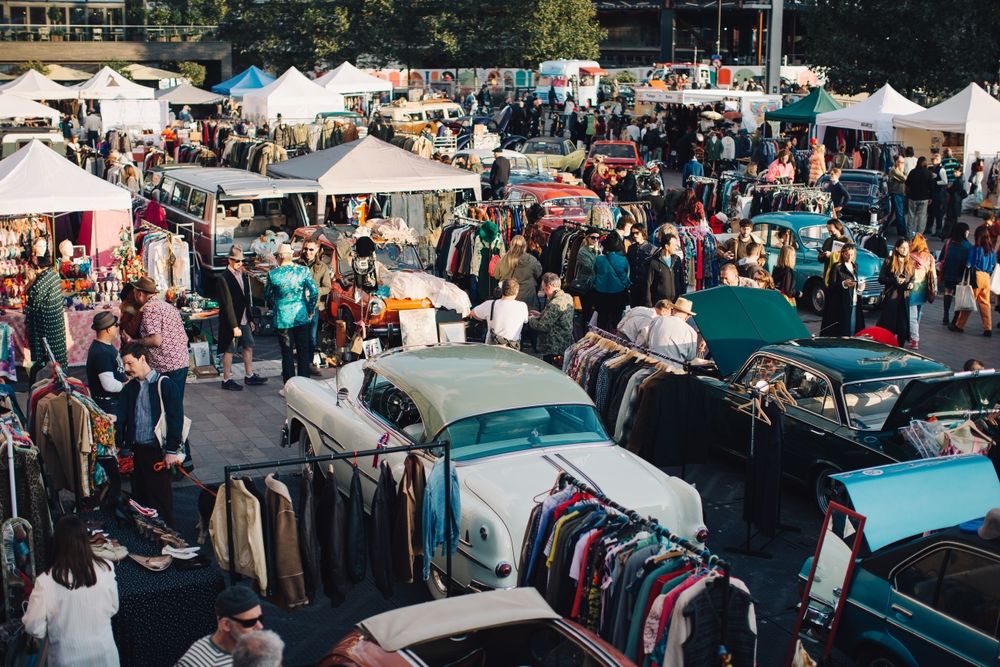
4. Pop-Up Markets & Seasonal Events
These are temporary, high-footfall events that take place at festivals, shopping centres, and seasonal fairs.
Best for:
Street food stalls, mobile coffee vendors, and pop-up catering.
Christmas gifts, craft stalls, and themed seasonal products.
Branded retail pop-ups and small businesses looking for exposure.
Pros:
Often attract large crowds over a short period.
Great for brand awareness and marketing.
Seasonal markets can generate months' worth of income in a few weeks.
Cons:
High demand means higher pitch fees.
Events may require additional insurance, licensing, or registration.
Weather can impact outdoor events.
Tip: If you're looking for fast, high-volume sales, these events can be incredibly profitable. However, make sure you have enough stock and a strong visual setup to compete.
How to Secure a Market Stall Pitch
Once you’ve chosen the type of market you want to trade in, you’ll need to apply for a pitch. Here’s how:
1. Research Market Locations
Visit local councils’ websites for lists of approved street markets.
Look at farmers’ market associations for artisan trading spots.
Check event organisers’ pages for pop-up and festival markets.
2. Contact Market Organisers
Most markets have an application process—some require photos of your stall setup.
Be ready to explain what makes your product unique.
Apply early—popular markets fill up fast, especially during peak seasons.
3. Understand Pitch Fees & Terms
Some markets charge a daily fee, others require monthly payments.
Many seasonal and premium markets charge a percentage of sales.
Check whether the pitch includes electricity, water, or cover—if not, you’ll need to provide your own.

Licences & Legal Requirements for Market Traders
Before you start trading, you’ll need to ensure you’re legally compliant. Whether you’re selling handmade crafts, fresh produce, or hot food, market traders must register their business, secure the right licences, and get insurance.
Failing to meet legal requirements can result in fines, being banned from trading, or even facing legal action, so getting everything in place from day one is essential.

1. Registering Your Business as a Market Trader
Before applying for a market pitch, you need to formally register your business. You have two main options:
Sole Trader vs. Limited Company
Sole Trader
Best For: Small Traders, Side Hustles
Legal Responsibilities: You're personally responsible for debts
Tax Considerations: Pay Income Tax via Self-Assessment
Limited Company
Best For: Those planning to grow a larger business
Legal Responsibilities: The company is separate from you, reducing personal liability
Tax Considerations: Pay Corporation Tax, with potential tax benefits
Most new market traders start as sole traders due to the simpler setup and lower admin requirements.
To register as a sole trader, you need to:
Register with HMRC for Self-Assessment.
Keep records of your income and expenses.
File a Self-Assessment tax return each year.
If you choose to set up a limited company, you’ll need to register with Companies House, submit annual accounts, and pay Corporation Tax.
2. Do You Need a Market Stall Licence?
For most UK markets, you must have a licence or trading permit before setting up your stall. Market stall licences are issued by local councils or private market organisers.
To apply for a licence, you’ll typically need to:
Provide proof of ID and address.
Show evidence of Public Liability Insurance.
Confirm details of the products you intend to sell.
Pay an application fee (costs vary by location).
How to Apply:
Visit your local council’s website and search for "market stall licence".
If the market is privately run (e.g., a farmers’ market), contact the organisers directly.
Some markets operate on a casual basis, meaning you can trade without a fixed pitch—just turn up and pay on the day.
Important: Trading without a licence in a regulated market can result in fines or being banned from future trading.
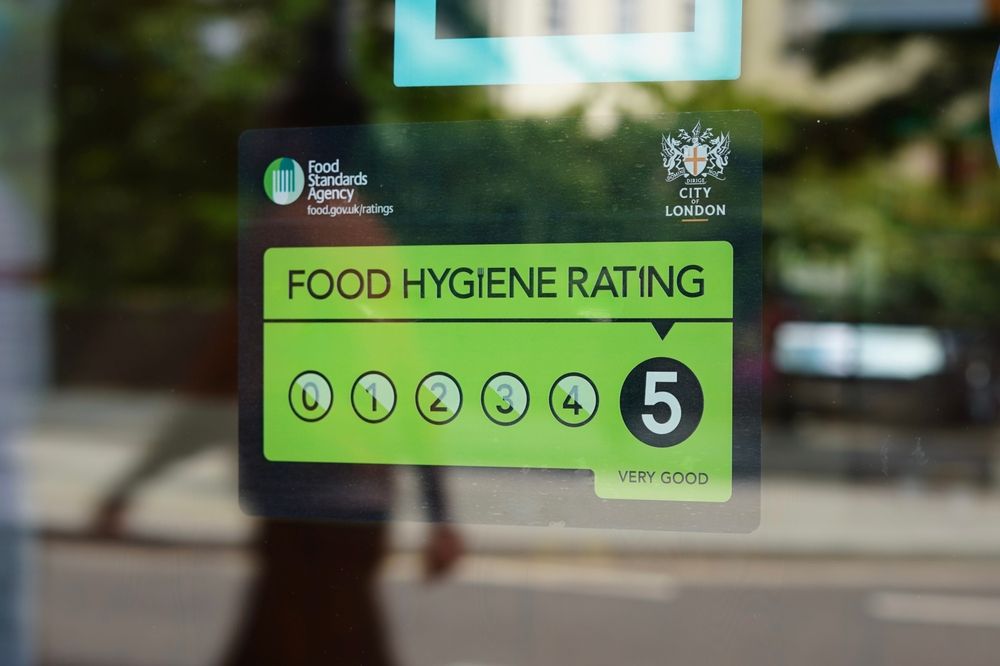
3. Food Hygiene & Safety Requirements
If you plan to sell food or drink, you must comply with strict food safety regulations to protect customers from illness.
Registering as a Food Business
All food traders must register their business with their local council at least 28 days before trading.
Registration is free, but you may need an inspection by Environmental Health Officers before you can sell.
If you’re handling high-risk food (meat, dairy, fish, etc.), you may also need to obtain a Food Hygiene Rating.
Food Safety & Hygiene Training
At least one person handling food must have a Level 2 Food Hygiene Certificate.
Training is available online for around £10-£30 and takes a few hours to complete.
Your food stall must follow HACCP (Hazard Analysis and Critical Control Point) guidelines, ensuring safe food storage, handling, and preparation.
Labelling & Allergen Information
If you’re pre-packaging food (e.g., jars of chutney, baked goods), you must label all ingredients and allergens.
Natasha’s Law requires all pre-packed food to display full ingredient lists, highlighting allergens such as gluten, nuts, dairy, and soy.
Any food trader must be ready to answer customer questions about allergens, even for unpackaged food.
Tip: Trading without food safety compliance can result in fines, forced closure, and prosecution—don’t skip this step.

4. Insurance Requirements for Market Traders
Insurance is essential for market traders, even if it’s not always legally required. Most markets won’t let you trade without at least Public Liability Insurance.
Types of Insurance to Consider
Public Liability Insurance – Protects you if a customer is injured at your stall (most markets require at least £2 million coverage).
Product Liability Insurance – If you sell food, cosmetics, or electrical items, this covers claims of illness, injury, or damage caused by your products.
Employers’ Liability Insurance – If you hire staff, this is a legal requirement (even if they’re just casual workers).
Stock & Equipment Insurance – Protects your products, gazebo, and display materials from theft, loss, or damage.
Tip: Many insurance providers offer market trader-specific policies that bundle multiple cover types into a single plan.
5. What Happens if You Trade Without the Right Licences?
Operating without the necessary licences, permits, or insurance can have serious consequences.
Potential Risks of Non-Compliance:
Hefty fines from local councils or enforcement officers.
Being banned from trading in certain markets.
Confiscation of goods for food safety breaches.
Legal claims if a customer suffers an injury or illness.
Avoid these risks by ensuring your licences, registrations, and insurance policies are in place before you start trading.
Essential Equipment for Market Traders
The right equipment can make or break your market stall business. A well-organised, professional-looking stall attracts more customers, protects your stock from weather damage, and improves your efficiency as a trader.
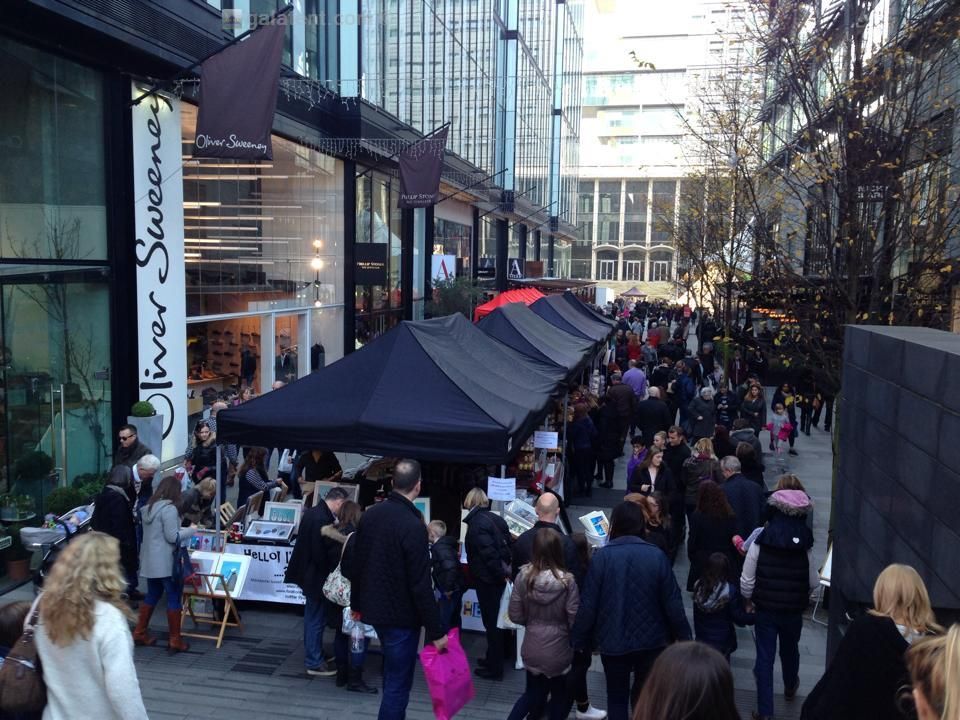
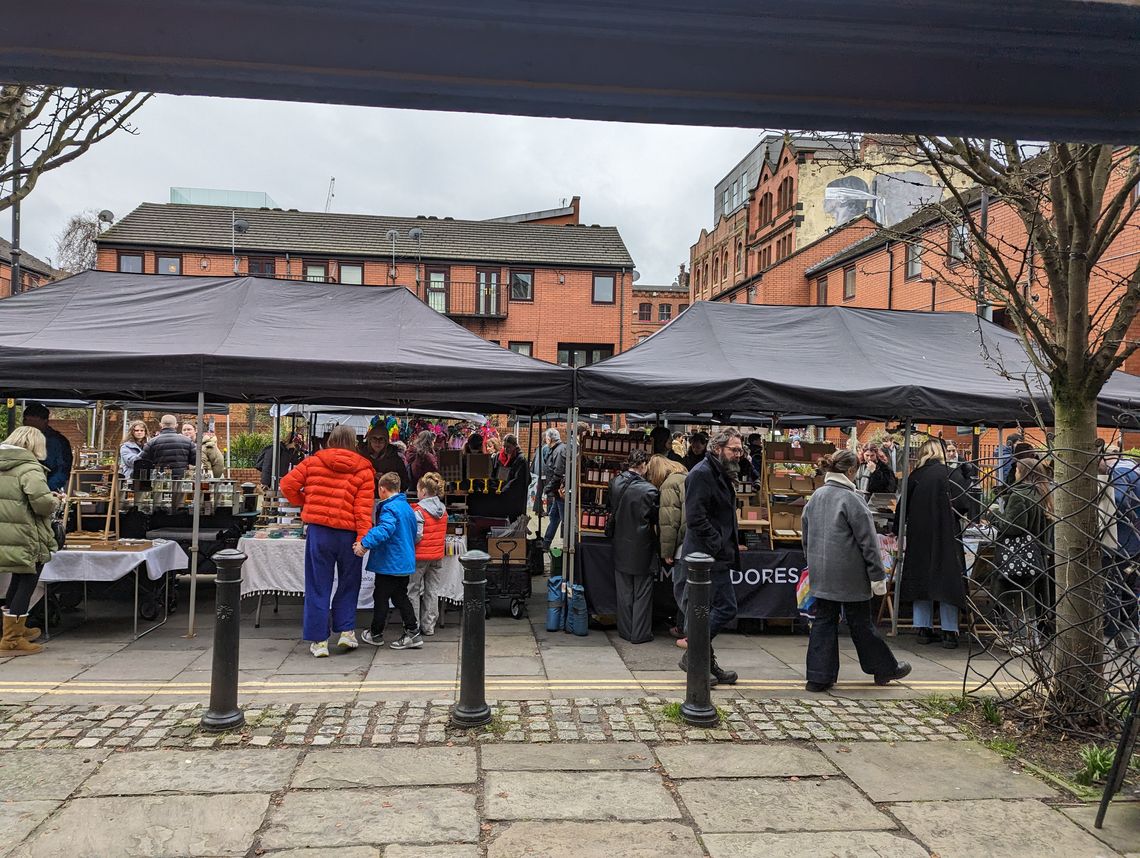
1. Choosing the Best Market Stall Setup
Most traders use either commercial strength pop-up gazebos or fixed market stalls. Many town markets are a non-negotiable, in that the council or private operator will provide the trading shelter and regular traders will have their own fixed location.
Some towns, like Rotherham for example, use brightly coloured Gala Shade Pro 50 gazebos that are removed during non-market days, and towns such as Barnsley will have a mix of fixed indoor market units and outdoor pop-up gazebo stalls. Doncaster markets are fixed framework stalls with hard tops.
Option 1: Pop-Up Gazebos (Portable & Flexible)
Best for: Mobile traders, artisan stalls, food vendors, and craft sellers.
A pop-up market stall gazebo offers:
Quick setup & takedown – Can be assembled in minutes.
Portability – Ideal for traders moving between different locations.
Weather protection – Keeps you dry in rain and shaded in summer.
Custom branding options – Printed gazebos help boost visibility and brand recognition.
Best Pop-Up Gazebos for Market Traders:
Gala Shade Pro Compact – Packs down to just 105cm, making it perfect for traders using cars instead of vans.
Gala Shade Pro 40 – A lightweight commercial-grade gazebo with strong weather resistance.
Gala Shade Pro 50 – Heavy-duty for year-round market trading in all weather conditions.
Explore Market Stall Gazebos in greater detail here.

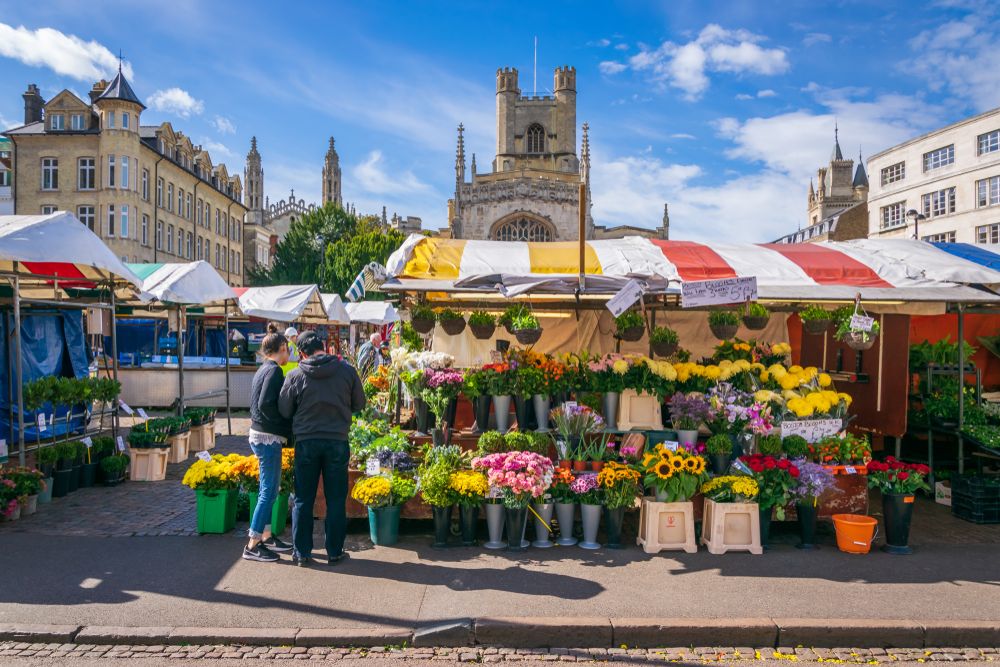
Option 2: Fixed Market Stalls (Permanent & Sturdy)
Best for: Regular traders with a fixed location, fruit & veg stalls, and general retail traders.
Some markets provide permanent stalls with built-in canopies. These offer:
More stability in high winds.
A fixed space (ideal for traders selling heavy stock).
Less daily setup time (but you must store your stock separately).
Fixed stalls can be restrictive – if you want flexibility, a pop-up gazebo gives more trading options.
2. Must-Have Trading Equipment
No matter what you sell, every market trader needs basic equipment for efficiency and professionalism.
Tables & Display Units
Folding trestle tables (easy to transport and set up).
Shelving or crates for vertical displays (saves space and makes items stand out).
Heavy-duty table covers or branded cloths for a professional appearance.
Signage & Branding
Clear pricing signs (customers won’t ask if prices aren’t visible).
Large, readable business name signs or banners.
Branded gazebo canopies for maximum stall visibility.
Tip: 70% of customers say they buy from stalls that look more professional. Make sure your setup looks inviting and trustworthy.
Weights & Anchorage
Heavy-duty gazebo weights (minimum 15-20kg per leg).
Ground anchors or tie-down straps for extra security.
Water-filled bases for flag banners or standalone signage.
Tip: High winds can destroy a gazebo if it’s not anchored properly. Never set up without weights.
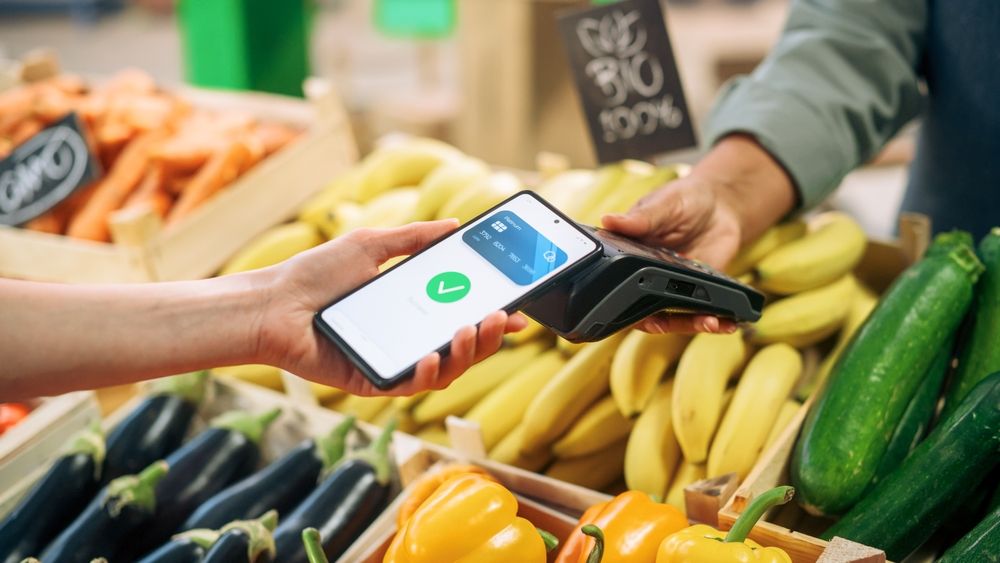
3. Payment Solutions for Market Traders
With fewer people carrying cash, offering contactless payment options is essential.
Best Payment Options for Market Traders
Card Machines – Portable contactless devices like SumUp, Zettle, or Square.
QR Code Payments – Customers scan a code and pay online via the QR payment solution from SOTpay.
Mobile Banking Apps – Some traders accept direct payments via bank transfers.
Cash (Always Have Change!) – Many people still expect to pay in cash, especially at traditional markets.
Tip: Some markets provide Wi-Fi, but always have a mobile internet backup for card payments.
Learn More About SOTpay for Secure Online Transactions
How to Brand Your Market Stall for Maximum Impact
In a busy marketplace, customers make snap decisions about where to stop and shop. If your stall blends into the background, you’ll struggle to attract footfall—even if you have great products at great prices.
A well-branded, professional-looking market stall builds trust, attracts customers, and increases sales. Whether you're selling handmade crafts, gourmet food, or fashion, strong branding gives you a competitive edge.

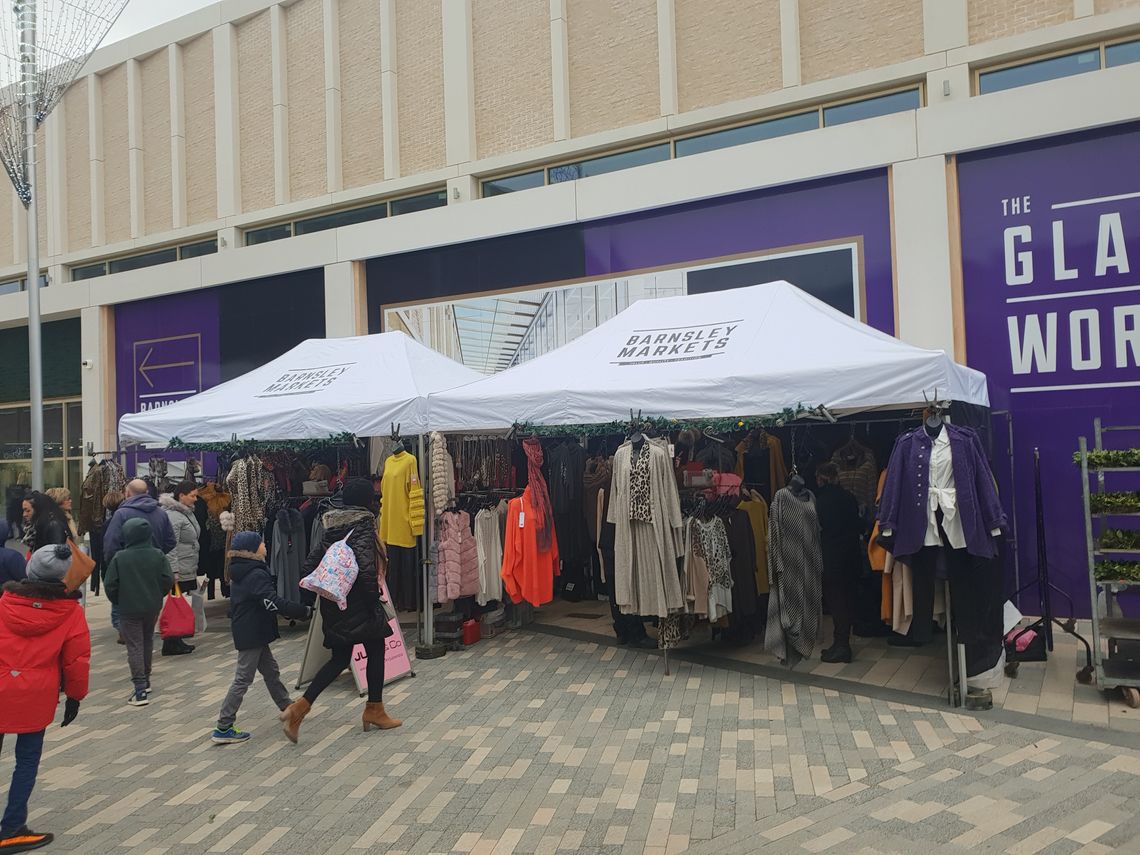
1. Why Branding Matters for Market Stall Businesses
Customers don’t just buy products—they buy into brands. Even at local markets, traders with professional branding are seen as more trustworthy, high-quality, and worth paying more for.
Strong branding helps you:
Attract more customers – A well-presented stall grabs attention and stands out.
Build trust & credibility – Shoppers are more likely to buy if a stall looks established and reliable.
Encourage repeat business – Customers remember and recommend brands they recognise.
Charge higher prices – Premium branding justifies premium pricing.
Fact: A study found that customers decide whether to approach a stall within 3 seconds. If your branding isn’t working, they’ll walk straight past.
2. Stall Layout & Visual Appeal
The layout of your stall is just as important as the branding itself. A cluttered, disorganised stall puts people off. A well-structured setup guides customers in, showcases products clearly, and makes browsing easy.
Best Practices for Market Stall Layout
Position key products at eye level – Customers scan from top to bottom.
Use vertical space – Shelves and tiered displays make stalls look fuller and more inviting.
Create a clear path – Don’t block access—make it easy to browse.
Keep it tidy – Cluttered tables look unprofessional and reduce perceived value.
Use lighting – Battery-powered LED lights highlight key products and improve visibility in dim conditions.
Tip: If you’re selling food, place fresh, high-quality samples at the front to draw people in.
3. Essential Branding Elements
Every market stall needs a clear and consistent brand identity.
Logo & Colour Scheme
Keep it simple – A clean, bold logo is easier to recognise from a distance.
Use strong brand colours – Colour psychology affects how customers perceive your brand.
Ensure it’s visible – Place logos on signage, packaging, and gazebos.
Example: Red and yellow trigger hunger and urgency, which is why they’re used by street food stalls and fast-food chains.
Signage & Pricing Displays
Use large, clear fonts – Customers won’t ask if they can’t see prices.
Make offers obvious – Use banners or blackboards for multi-buy deals and discounts.
Include a social media handle or QR code – Encourage people to follow you online.
Tip: Chalkboards or A-frame signs are great for writing daily specials or promotions.
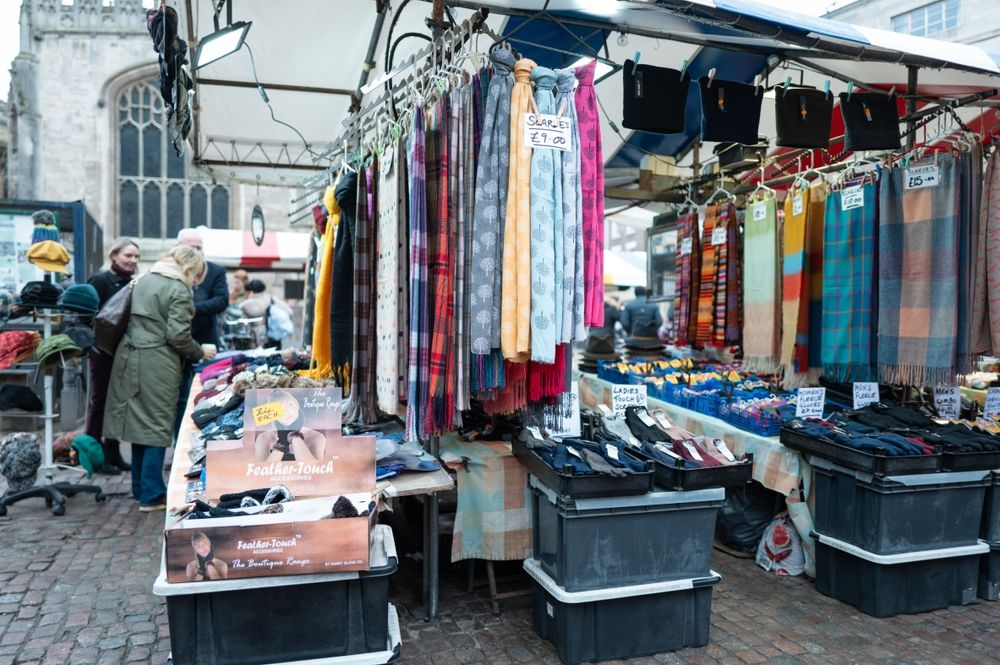

4. The Power of a Printed Market Gazebo
Your gazebo canopy is the first thing people see—so make it count. A printed gazebo instantly elevates your stall’s presence and increases brand recognition.
Why a Printed Gazebo is a Game-Changer
Professional appearance – Customers trust branded businesses more.
Higher visibility – Your name, logo, and colours can be seen from across the market.
Free marketing – Every visitor becomes familiar with your brand without effort.
Weatherproof & durable – Printed gazebos are long-lasting and reinforce your identity over time.
Best Printed Gazebos for Market Traders:
Gala Shade Pro 40 – Custom Printed – A lightweight, commercial-grade option for regular trading.
Gala Shade Pro 50 – Fully Branded Package – A heavy-duty option for year-round markets and high-footfall locations.
Pro DX Branded Bundle – Includes a simple printed canopy to give you a low cost, effective market stall gazebo
Explore more of our Printed Market Stall Gazebo options here.
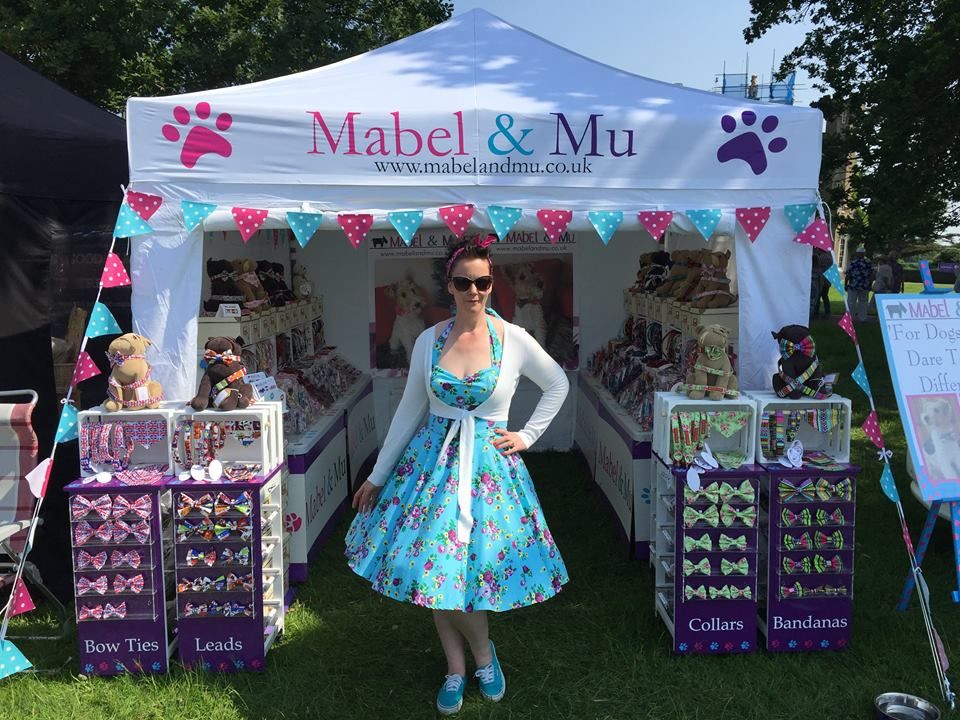
How to Market Your Trader Stall Business
A well-branded stall and great products aren’t enough if people don’t know about you. To build a loyal customer base and attract new shoppers, you need a solid marketing strategy.
1. Social Media Marketing for Market Traders
Social media is a free and powerful tool to promote your business, showcase your products, and connect with customers.
Fact: 82% of consumers say they’ve discovered a new small business through social media.
Best Social Media Platforms for Market Traders
Instagram – Great for visual products like crafts, fashion, and food.
Facebook – Ideal for joining local market groups & community pages.
TikTok – Trending for behind-the-scenes videos & product demos.
What to Post?
Behind-the-scenes content – Show your setup process, new stock, or prep work.
Customer photos & testimonials – Encourage shoppers to tag you in their posts.
Promotions & discounts – Announce special deals to bring people to your stall.
Live updates – Tell people where you’re trading today and what’s available.
Tip: Always include your market location & trading times in your bio and posts!


2. Boosting Footfall to Your Market Stall
To increase sales, you need to drive more people to your stall. Here’s how:
Offer an Incentive to Visit
Limited-time discounts – “Buy one, get one half price – today only!”
Free samples – If you sell food, let people try before they buy.
Loyalty rewards – “Get a free item after 5 purchases.”
Use Eye-Catching Signage & Displays
Make your brand & prices clearly visible from a distance.
Use A-frame boards or banners to highlight promotions.
Set up attractive product displays that draw people in.
Engage with Customers
Stand in front of your stall, not behind it.
Offer a friendly greeting – customers are more likely to stop.
Have a short & snappy pitch ready when someone browses.
Tip: People naturally stop where others are gathered. If footfall is low, get friends or family to visit your stall early on!
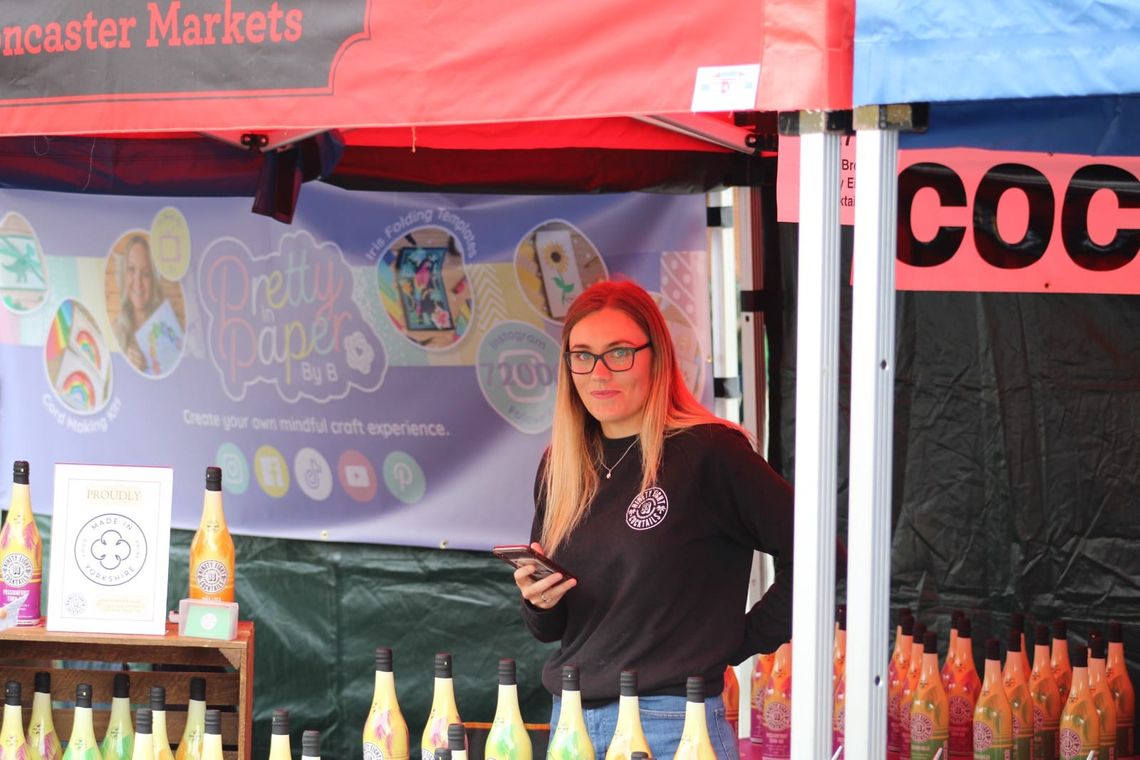
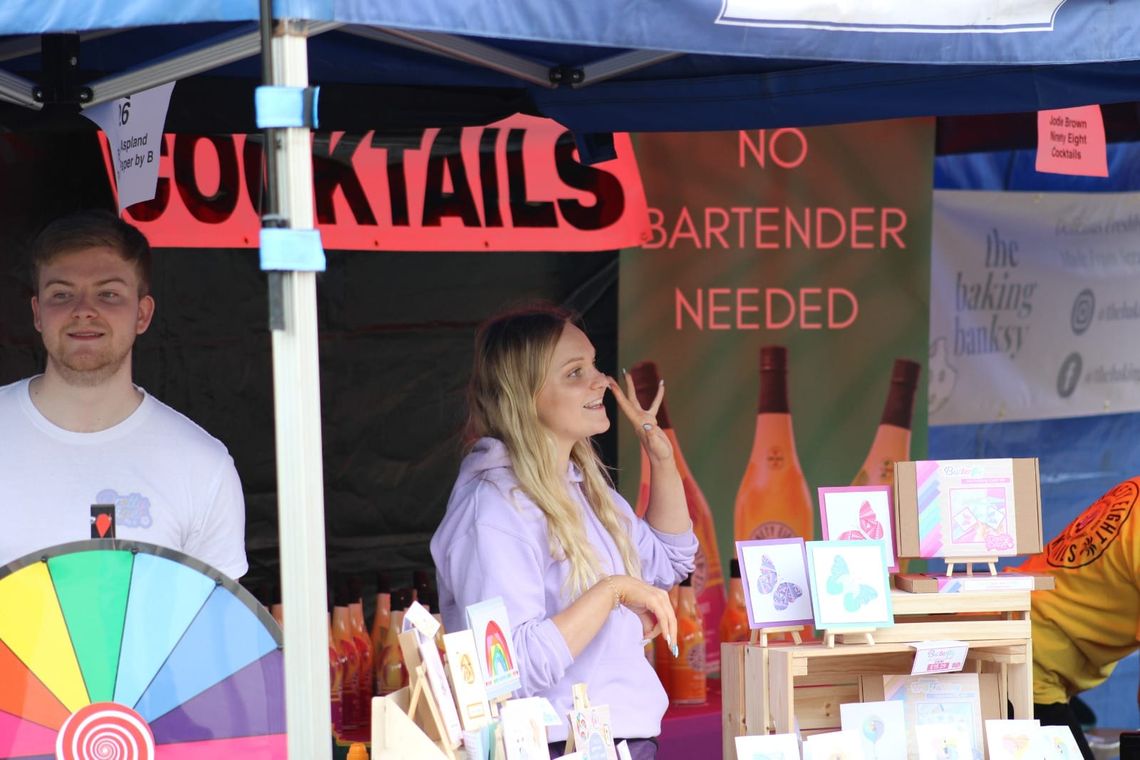
3. Encouraging Repeat Customers & Word-of-Mouth
A one-time customer is great—but a regular customer is better.
How to Get Customers to Return
Hand out business cards with your website or social media.
Offer exclusive discounts for returning customers.
Collect email addresses for future offers & new product updates.
Have a QR code at your stall so people can follow you online instantly.
Encouraging Word-of-Mouth
Encourage online reviews – Ask happy customers to leave a Google or Facebook review.
Run refer-a-friend discounts – “Bring a friend & both get 10% off!”
Build relationships with regulars – People buy from traders they know & trust.
Tip: 92% of people trust recommendations from friends & family over ads. Get your customers to spread the word for you.
4. Networking & Collaborating for Growth
Why Networking is Important
Building relationships with other traders, market organisers, and event coordinators can help you:
Get priority pitches at premium markets.
Access collaborations & joint promotions.
Learn insider tips from experienced traders.
How to Collaborate & Cross-Promote
Partner with other stalls – A coffee vendor could offer discounts to customers who buy from a nearby bakery.
Feature other traders on social media – They may return the favour!
Team up for bundle deals – E.g., “Buy handmade soap & get a free candle sample.”
Tip: The more connections you build, the more opportunities come your way.

Comparing Market Stall Gazebos: Finding the Best Shelter for Your Business
Your gazebo is one of the most important investments you’ll make as a market trader. It needs to be strong, weather-resistant, easy to transport, and professional-looking. A poor-quality gazebo can collapse in bad weather, damage your stock, or make your stall look unreliable and uninviting.
1. What to Look for in a Market Stall Gazebo
Not all gazebos are built the same. Cheap, flimsy options from high-street retailers won’t last long in real market conditions.
Key Factors to Consider:
Frame Strength & Material – Look for aluminium hexagonal legs (stronger than steel or plastic).
Weight & Portability – Needs to be sturdy but manageable for transport.
Cover Material – PVC-coated polyester is ideal for weather resistance and durability.
Sidewalls & Customisation – Sidewalls provide wind and rain protection, and printed gazebos enhance branding and trust.
Anchorage & Stability – Gazebos must be secured with weights or tie-downs to prevent wind damage.
Tip: A weak gazebo isn’t just an inconvenience—it’s a risk. If it collapses in high winds, it could damage stock, injure customers, or cost you sales.
2. Comparing the Best Market Stall Gazebos
Here’s how some of the leading market stall gazebos compare:

Gala Shade Pro Compact – The Best for Portability
Packs down to just 105cm – fits in most car boots.
Lightweight but durable – 40mm hex aluminium frame.
Quick & easy setup – perfect for solo traders.
Ideal for traders who move between different markets.
Best for: Traders who need a compact, portable gazebo that doesn’t compromise on strength.
Gala Shade Pro 40 – The Lightweight Commercial Choice
40mm hexagonal aluminium frame – strong yet easy to transport.
600 denier PVC-coated polyester canopy – waterproof and UV-resistant.
Perfect balance of strength & weight – ideal for frequent market use.
Compatible with printed canopies & sidewalls for branding.
Best for: Traders who need a reliable, professional gazebo for regular markets.

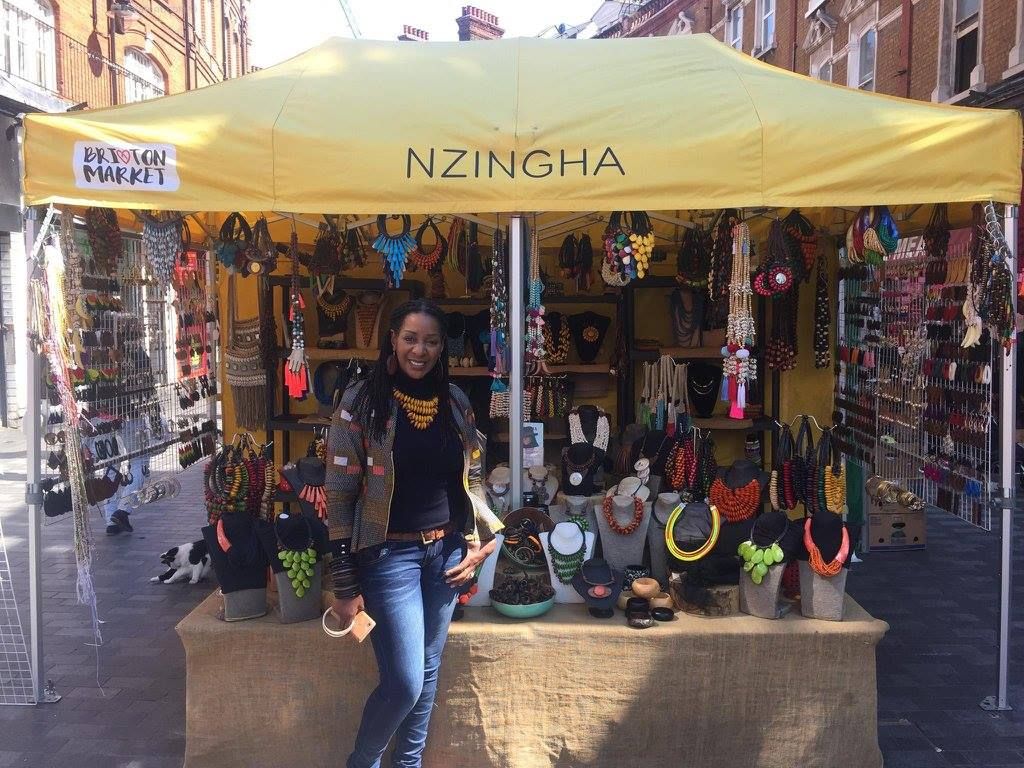
Gala Shade Pro 50 – The Heavy-Duty Market Leader
50mm hexagonal aluminium frame – the strongest pop-up gazebo available.
Robust & built for all-weather use – ideal for year-round trading.
Custom printing available – professional branding to attract customers.
High weight-to-strength ratio – the ultimate commercial market stall gazebo.
Best for: Traders who want the most durable, all-weather market stall setup.
Wrapping It Up: Your Market Stall Journey Starts Here
Starting a market stall business can be one of the most rewarding, flexible, and low-barrier ways to launch your own venture. Whether you're selling handmade goods, delicious food, vintage finds, or imported stock, the UK’s market scene is full of opportunity—but only for those who approach it with the right mix of planning, presentation, and persistence.
If you’ve made it this far through the guide, you’re already doing what many don’t—laying strong foundations for success. You now know:
What to sell (and how to choose it wisely)
Where to sell it (and how to secure a pitch)
What you legally need to get started
How to brand and promote your stall
Which equipment and gazebos give you the edge
From small local pitches to bustling city centre markets, every great trader starts with a single step and a strong setup.
Need Help Finding the Right Equipment for Your Stall?
We’ve supported thousands of traders with their journey—from first-timers to full-time professionals—and we’re ready to do the same for you.
Friendly, expert advice from people who know the market industry
Commercial-grade gazebos, printed canopies, and accessories
Fast delivery, full spare parts backup, and unbeatable value
Talk to our team today and let’s get your business off the ground—professionally sheltered, fully equipped, and ready to trade.


 Alexandrea
Alexandrea